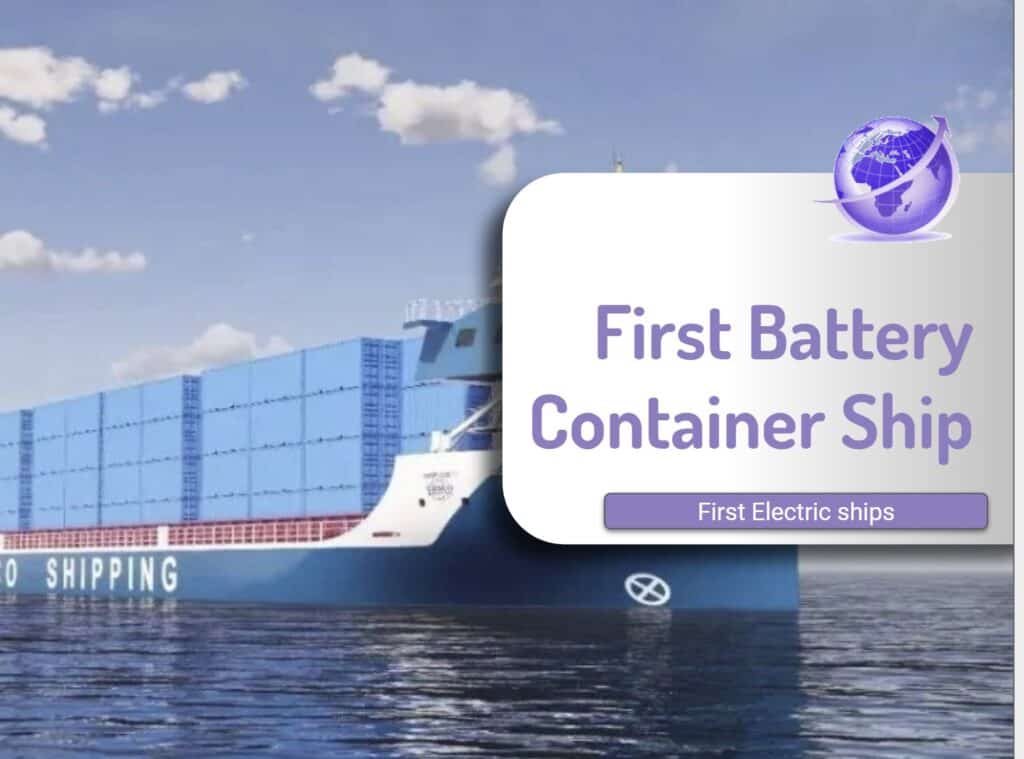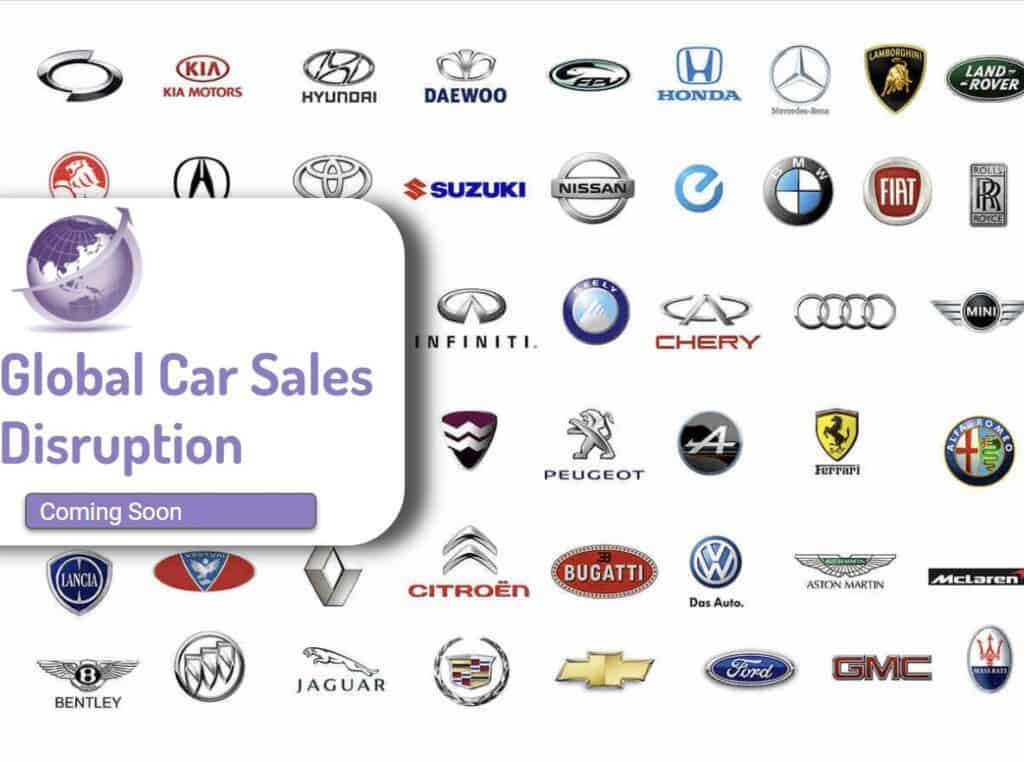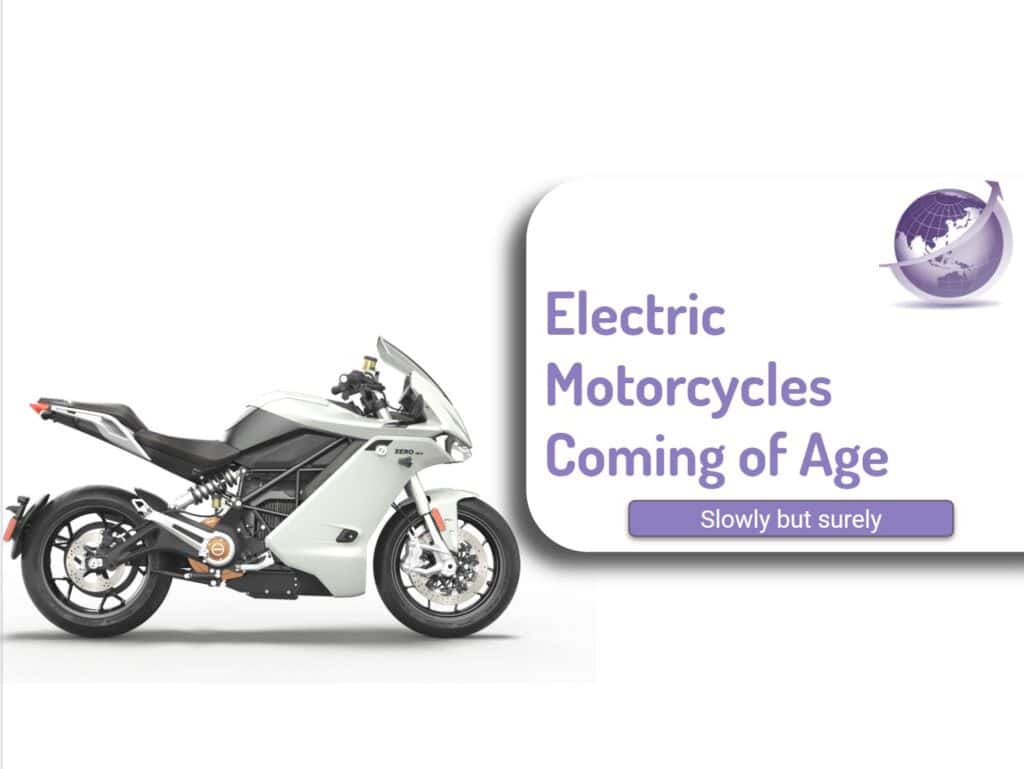You can purchase electric small boats, but where are the electric ships? Electric motors propel some ferries but using containerised batteries enables container ships to be 100% electric. Cruise ships pump out huge levels of emissions. Dirty bunker fuel powers them, and many journeys or overnight transfer between ports. Electrification would be relatively easy. The least change would be to hook up to shore electricity. Note that emissions from the shipping industry will fall by up to 50% as the phase-out of shipping fossil fuels accelerates. Renewable energy for electricity and transportation is local, and there is no need to transport oil gas and coal. How long will it take? Two decades. Meanwhile, how can shipping be cleaned up?
The launch of the first of 2 electric container ships in May for the Yantze 1000km journey is the beginning. The 36 containers of batteries of onboard power is the largest installed battery capacity ships to date. At various ports along the 1,000 km (600 mile) route the ship will swap out recharged batteries. The Yangtze is 50% of all inland shipping worldwide.
Electric Ships Will Dominate Inland Waterways and Ferries
40% of all the ships at sea and 50% of all marine cargo is in oil tankers burning #4 heavy fuel oil (asphalt) to haul oil. Each single tanker emits more SOx than literally 50 million ICE cars. (Data here and here))
Over 706 million gallons of waste oil enter the ocean every year, with over half coming from land drainage and waste disposal; for example, from the improper disposal of used motor oil. Offshore drilling and production operations and spills or leaks from ships or tankers typically contribute less than 8% ofthe total. The remainder comes from routine maintenance of ships (nearly 20 percent), hydrocarbon particles from onshore air pollution (about 13 percent), and natural seepage from the seafloor (over 8 percent). (from http://www.waterencyclopedia.com/Oc-Po/Oil-Spills-Impact-on-the-Ocean.html)
Electric Ship From Cosco

The ship is a 10,000-DWT specific route river/coastal vessel. Length of 119.8 meters, width of a molded beam of 23.6 meters, and a designed draft of 5.5 meters. Two 900kW main propulsion motors make it the most prominent electric container ship in the world.
The Cosco Heavy Shipping Industry ships are 700 TEU size for use throughout the Yangtze region. The first ship floated at the shipyard in Yangzhou on July 26 and the second is under construction. Dry dock assembly began in March 2023 after the project kicked off in December 2022. Sea trials for the ship commence in late September.
Wider Impact of First Electric Ships
CleanTechica commentator Michael Barnard highlights the significance of these electric ships
- The Yantze is 50% of global inland shipping
- Aligns with national and provincial strategic decarbonisation
- The Yantze of 2,700 kilometers of navigable waterway is twice the length of the Mississippi and three times the length of the Rhine
- Water speed is ~3.6 kph so upstream vs downstream will change battery life
- Battery capacity = 1.9 MWh
- Ship length about a football field, 1/3 size of the 24,000 TEU largest ocean carrier, MSC Irina
- Cosco is a member of Electric Ship Innovation Alliance, an organization with over 80 members, including firms providing electric-powered propulsion, vessel design and construction, port and terminal operation, scientific research, electric-power batteries, and industry investment and financing.

Electric Ferries in Operations
Electric ferries are now in use in multiple waterways globally. Electrec reported in 2021 that the world’s largest all-electric ferry went into service in Norway on a route across the Oslo Fjord. The shipping company Bastø Fosen operates 3 ferries.
The Bastø Electric specifications:
- 139.2-metre-long and 21-metre-wide
- Built by the Turkish Sefine Shipyard
- 600 passengers
- 200 cars or 24 trucks.
- The battery and fast-charging systems supplied by Siemens Energy from the battery factory in Trondheim.
- Batteries capacity of 4.3 MWh.
- Fast-charging system of 9 MW
- Ten-kilometre-long ferry route between Moss and Horten is Norway’s busiest ferry connection
- Annually, 3.8 million passengers and 1.8 million vehicles transported
- Emissions reduced by 75 per cent
- Two other ferries converted from diesel to electric operation
- Each ferry docks and departs 20 to 24 times a day
- The crossing takes around 30 minutes.
Electric Ferries Hella, Gragsvik, Vangsnes
Three electric ferries provide cross fjord on the Sognefjord fjord -the deepest in Norway. More information on the Corvus Energy website.
- 3 ferries delivered in 2020 to 2023, built in Singapore by Sembcorp Marine
- Operator – Norled
- BESS Size = 1523 kWh
- 84m2 long roll on roll off, beam 16.4m
- Schottel thrusters to deliver a service speed of 10 knots
- 80 cars, 200 passengers
- Bus voltage 760-1050
- Electricity used – grid base hydroelectricity – 95% renewable energy.
- 1.5m litres of diesel saved per year
- 3875 tonnes CO2 emissions saved.
- Have a diesel electric backup system in case of emergency
I travelled on these in Aug 2023 – quiet. No engine vibration




Large Electric Ferries
Incat Tasmania Australia is building the largest ferry with capacity of a 130m battery-electric Ro-Pax (roll-on/roll-off passenger) ferry. The ferry will be powered by a 40MWh energy system which they claim is four-times larger than any battery installation that has been constructed and installed for the marine transport sector. (The Driven).
Capable of carrying 2,100 passengers and crew, 225 cars, the Ro-Pax ferry will be delivered to South American customer Buquebus, a ferry company operating in Uruguay and Argentina offering bus and ferry services between Buenos Aires, Montevideo, Colonia, and Punta del Este.

References and Sources
World’s largest battery electric ship is being built in Australia: https://thedriven.io/2023/08/30/worlds-largest-battery-electric-ship-is-being-built-in-australia/









